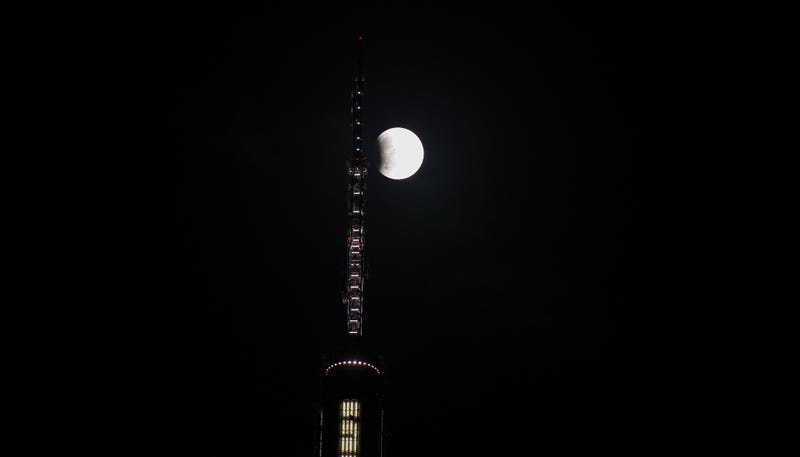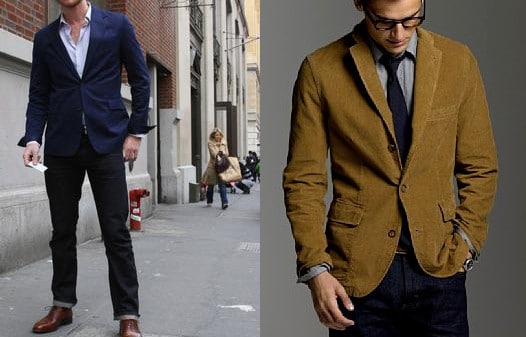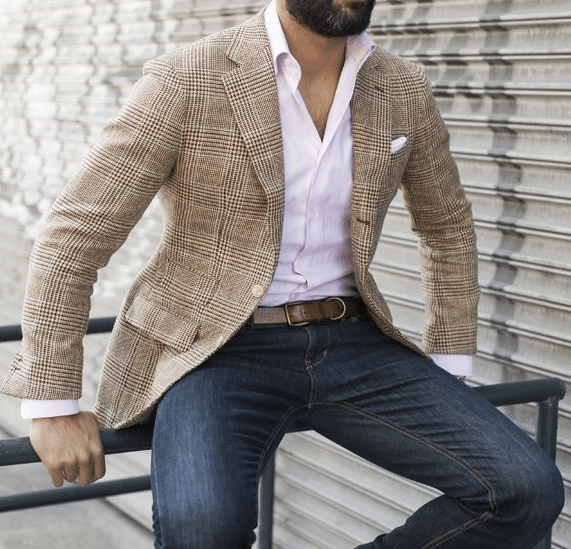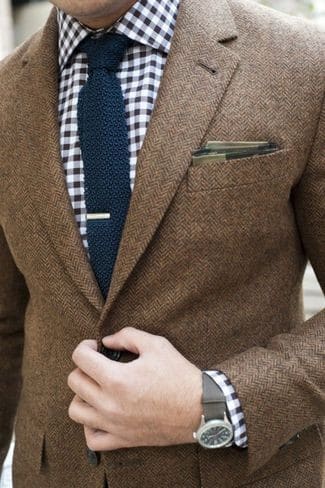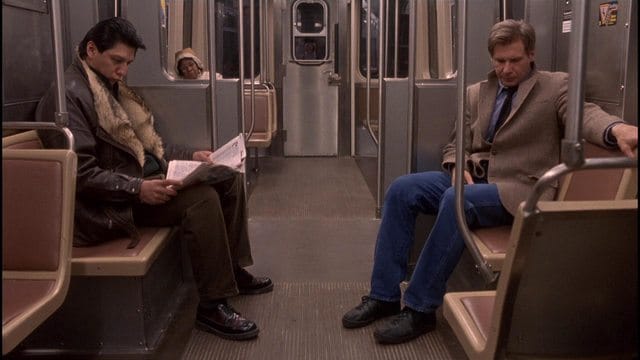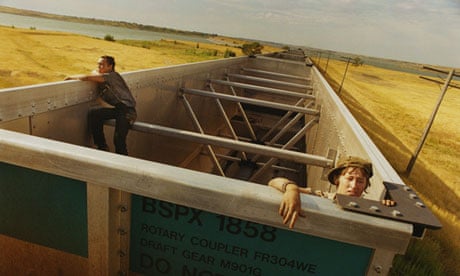We’ve all been there.
We make a commitment to ourselves to get in shape, work out consistently, and eat better overall.
But then we go to a party, out to dinner with friends, or over to a family member’s house, and somehow, our healthy choices seem to be an affront to the people we’re with.
“Just have one slice of cake, it’s not going to kill you.”
“Here, have some greasy mozzarella sticks with that salad, you don’t need to lose any more weight anyway.”
“It’s Friday! You have to let loose sometimes.”
Soon enough, we’re drowning ourselves in too much unhealthy food, even though it’s not even what we really wanted in the first place.
And although I’d never recommend trying to eat perfectly 100% of the time, even when trying to lose weight (I live by the
80/20 rule, after all), it can be incredibly frustrating when you feel like others are trying to sabotage your efforts to stay in shape.
So today I’m super happy to have my friend and fitness hack expert
John Fawkes talking about this very subject and how to deal with the inevitable social pressure to stay out of shape.
Here’s how John suggests dealing with food pushers:
How To Deal With Food Pushers
Here’s a story you’ve probably heard before: you’re on a new diet. You’re cutting back on sugar, and things are going well; you’re losing weight and gaining strength. Maybe you’re not following your diet one hundred percent, but you’re coming close, and it shows in your results.
But then, you go out to eat with a friend. Initially, you order an item that’s on your diet- but your friend talks you into splitting an appetizer too. You don’t want the appetizer, but you go ahead and share it just to avoid being rude. Then, it’s time for dessert. Again, your friend insists you just have to try the pie, and won’t take no for an answer. And again, you agree to have a slice, because you don’t want to argue with your friend.
Now multiply this by several times a week, and you’re overeating almost every day. Your progress stalls. You feel guilt about not following your diet, but your friends make you feel equally guilty about sticking to it when you’re with them, and you don’t know what to do.
In fitness circles, friends like these are known as food pushers—people who try to push you into eating food that isn’t on your diet. In this article, you’re going to learn a few strategies that you can use to effectively resist food pushers. And then, you’re going to learn specific phrases you can use, so that you’ll know exactly what to say the next time somebody tries to badger you into breaking your diet.
Rules to follow
Keep your diet perfect when not around food pushers
Ideally, you would follow your diet all the time. But for now at least, you know you’re likely to cheat on your diet whenever you eat with friends. But you can at least make sure you follow your diet when you’re not around food pushers. In fact, since cheat foods tend to be heavy on sugar, you might even want to compensate by going low-carb for every meal you eat alone, or with company who support your diet.
In practice, this usually means eating low-carb for breakfast and lunch, giving you a little more leeway with dinner, should you go out with friends. On weekends it can get a bit messier, but breakfast is usually still eaten at home. Another thing that helps is drinking more water, which will curb your appetite.
Downplay your effort
When you’re really making an effort to follow a diet, your natural impulse is probably to tell your friends how hard you’re working at it, so they’ll understand how important it is to you. This is the right move with any friends who will be supportive of your efforts…but it backfires with food pushers.
The problem is, food pushers only become more determined to stop you the more you make a big deal about your diet. They don’t want you to change, usually because they worry that your diet will cause the two of you to drift apart. And they use the “but you’ll enjoy eating this” argument to reel you back in. So counterintuitively, you can more easily mollify them by making your fitness plan seem effortless.
Instead of saying you’re trying really hard to avoid sugar, just say you don’t even like sugary foods anymore. Make it sound like you’re just eating whatever you want, and your tastes happen to have changed. You can do the same with exercise—downplay how hard you’re working. Mention how short your
12 minute workouts are, but not how intense they are.
Make it about health, not attractiveness
Despite all the talk in the fitness world about health, the reality is that most people get into fitness because they want to look sexy. Of course, there’s nothing wrong with that, but it rubs some people the wrong way. Bring up the idea of sex appeal with people who aren’t into fitness, and they’ll often turn it into an argument about how the media promotes unhealthy beauty standards. Phrases like “real women have curves” might get used. And then, suddenly your diet isn’t about you anymore- now you’re helping the media spread its evil propaganda!
So avoid the subject of attractiveness altogether. Instead, emphasize that you’re worried about diabetes, or your cholesterol levels, or joint pain. Tell your friends that your doctor said you would suffer serious health problems in the fairly near future if you don’t get your act together—whether it’s true or not.
Emphasize your obligation to other people
Food pushers will try to talk you out of following your diet by saying things like “You deserve to enjoy this meal,” or “Come on, you’re eating with friends- have a little fun.” In other words, they’ll make it either about your enjoyment, or fitting in with them—issues on which you could be persuaded.
But suppose, instead, your efforts to get into shape were motivated by an obligation to stay healthy—perhaps to your spouse, or your children. That leaves food pushers very little to argue about; it’s not easy or socially acceptable to tell someone else to abandon their obligations.
What to say when people try to make you eat junk food
I can’t. Sugar gives me a headache.
This simple excuse works on the principle of downplaying your effort. By saying that sugar gives you a headache, you’re implying that you aren’t putting in serious effort to avoid sugary foods, but simply don’t enjoy them. This makes it harder for the food pusher to insist that you should eat junk food because you’ll enjoy it.
My doctor said I had a lot of nutritional deficiencies because I wasn’t eating enough vegetables. At first I was just eating them for my health, but now I’ve come to like vegetables. Broccoli tastes kind of sweet to me—in fact brownies are actually too sweet for me now.
This line starts out by emphasizing that you have to eat well for your health, then downplays the effort you’re making by adding that eating vegetables got easier after a while. If the food pusher persists, you can just say “I’d rather eat my vegetables—I like them, they’re good for me, and it’s the easiest way for me to eat healthy.”
My doctor told me I need to lose weight, or I’ll have diabetes within two or three years. I owe it to my children to stay healthy so I can still be around when they grow up.
Here we have a double whammy: you’re emphasizing a serious fairly immediate health risk, as well as your obligation to your family. This is a very powerful technique, because anyone who tries to argue with you after you use this line effectively telling you to disregard both your health and your family.
Honestly, I haven’t been doing much. I just notice myself eating more meats and vegetables, and not wanting dessert as often as I used to.
This line is useful as a response when people ask you why you’re dieting. It works by downplaying your effort, making your new diet sound like something you just fell into by eating whatever you want.
I didn’t think I would like salad, but I actually love it now that I’ve found a kind I like. Here, try some of this.
This again downplays your effort by stating that you truly enjoy eating salad, but it goes a step further by inviting the friend to try some. This can accomplish two things: first off, it turns the food pushing around on your friend- if they don’t like it, they might realize how annoying their own behavior is. And second, your friend might actually like whatever food you’re inviting them to try. If so, that brings you closer together, and assuages their fear that your diet will come between the two of you.
These give you an idea of what kinds of phrases tend to be effective at deflecting food pushers. With a little forethought, you can come up with a few scripts of your own, customized for the food pushers in your life. Do you have any lines that you’ve used to successfully deflect food pushers? If so, please share them in the comments!
 John Fawkes is a fitness coach who helps people to get into amazing shape in as little time as possible, and enjoy the process.
John Fawkes is a fitness coach who helps people to get into amazing shape in as little time as possible, and enjoy the process.







